Spirit of India
Dodabetta Tea Plantation Ooty
Mother Masala Toure
Oasis Nilgiri
Dodabetta Tea Plantation Ooty. The name "Dodabetta" translates to "Big Mountain" in the local dialect, aptly describing its magnificent elevation. Located just a short drive from Ooty in Tamil Nadu, this place has a rich history, dating back to the early 19th century when British colonizers established tea plantations in the region. The story of the plantation is one of resilience, as generations of dedicated workers have cultivated its tea, leading to its present-day population of around 3,000 residents, predominantly farmers and artisans preserving their rich cultural heritage.
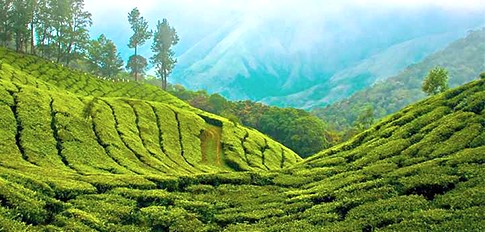
Dodabetta Tea Plantation Ooty: Sacred Spaces
Walking through the , we encounter timeless treasures specific to this unique locale. The meticulously maintained tea gardens, with their rows of emerald-hued bushes, create a breathtaking visual tapestry that invites us to stroll along the paths. Within this picturesque landscape are small shrines and sacred groves where locals pay homage to nature and the deities they believe safeguard their livelihoods. These spaces resonate with a sense of spirituality and connection to the land, encouraging us to pause and reflect on the tranquil beauty surrounding us.
Heritage & Cultural Symphonies
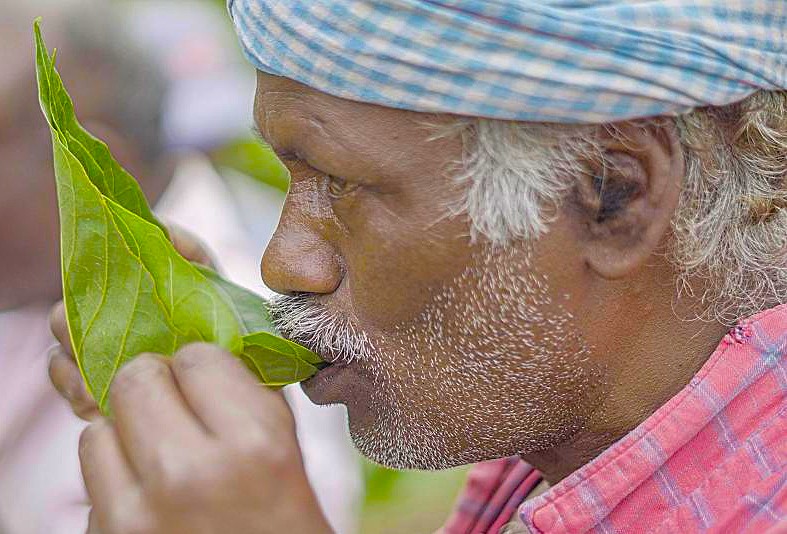
The cultural fabric of Dodabetta is rich and diverse, full of heritage that comes alive during Heritage & Cultural Symphonies. The heritage thrives through its community events and celebrations that bring the local culture to life. Throughout the year, especially during the Tea Festival in July, we participate in lively activities that highlight the importance of tea in local traditions. The festival features traditional music, dance, and tea-tasting events. These vibrant gatherings reveal local artistry and unique skills. We observe the colorful clothing worn by the lively performers.
The Pulse of the Local Community: Religious Harmony
Dodabetta Tea Plantation Ooty. The community embodies a spirit of harmony and cooperation. Although primarily identified with tea cultivation, the people celebrate diverse cultural practices, reflecting the region's rich tapestry of influences. We will see local residents engaging in cooperative activities, from farming to community organization, fostering a sense of unity among families. This collaborative effort extends to tea production, where shared knowledge and techniques strengthen their communal identity.
Capturing the Magic: A Photographic Haven
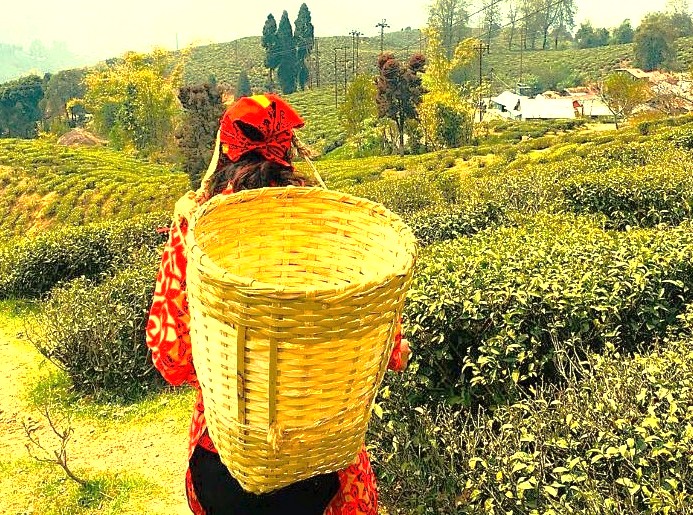
For photography lovers, this area offers a stunning visual feast. Endless rolling green tea fields stretch across these beautiful hills. This presents many chances for our most striking photographs. Early mornings are often quite magical for us now. Often shrouded in a gentle mist, they create an enchanting atmosphere. This helps capture the subtle beauty of nature. As we walk through the plantation, vivid colors appear. Beautiful contrasts of light and shadow form a perfect backdrop. Every turn brings a new scene, and we find unique compositions everywhere we look during our visit. The fresh air adds to the experience.
A Culinary Journey: Savor the Flavour
Dodabetta Tea Plantation Ooty. Guest's at Dodabetta experience a comprehensive tea tasting journey across multiple varieties. Nilgiri Orthodox black tea offers bright, floral notes with medium body and coppery color. Green tea provides fresh, grassy flavors with light vegetal undertones. White tea delivers delicate, subtle sweetness with floral complexity. Masala chai combines robust black tea with warming spices like cardamom, ginger, and cinnamon for an invigorating experience. Herbal teas feature caffeine-free blends of chamomile, lemongrass, and tulsi, offering wellness benefits. Each tasting highlights distinct processing methods, from minimal oxidation in greens to full fermentation in blacks, revealing the Nilgiris' terroir through varying astringency, aroma, and flavor profiles in every sip.
The Myths and Legends

Dodabetta Tea Plantation Ooty. Presents a remarkable place for us. Local folklore says the majestic Nilgiri hills are protected by gentle mountain spirits. These spirits are known locally as malai deivam. These guardians silently watch over the endless green tea fields here. They bless the land with prosperity and calmly keep misfortune away. To show their respect and gratitude, planters and workers often leave simple offerings. These include flowers or food at the base of ancient trees. This tradition connects the local people to the land and the spirits who care for it. We observe these customs with great interest.
Artistic Mosaics: Impeccable Craftsmanship
Dodabetta Tea Plantation Ooty reveals the artistry and craftsmanship of local artisans, particularly those skilled in transforming tea-related materials into beautiful products. We will encounter craftspeople who create exquisite handicrafts using tea leaves and natural fibers, producing items such as baskets and decorative pieces.
Resilience and Renewal: Overcoming Adversity’s Challenges
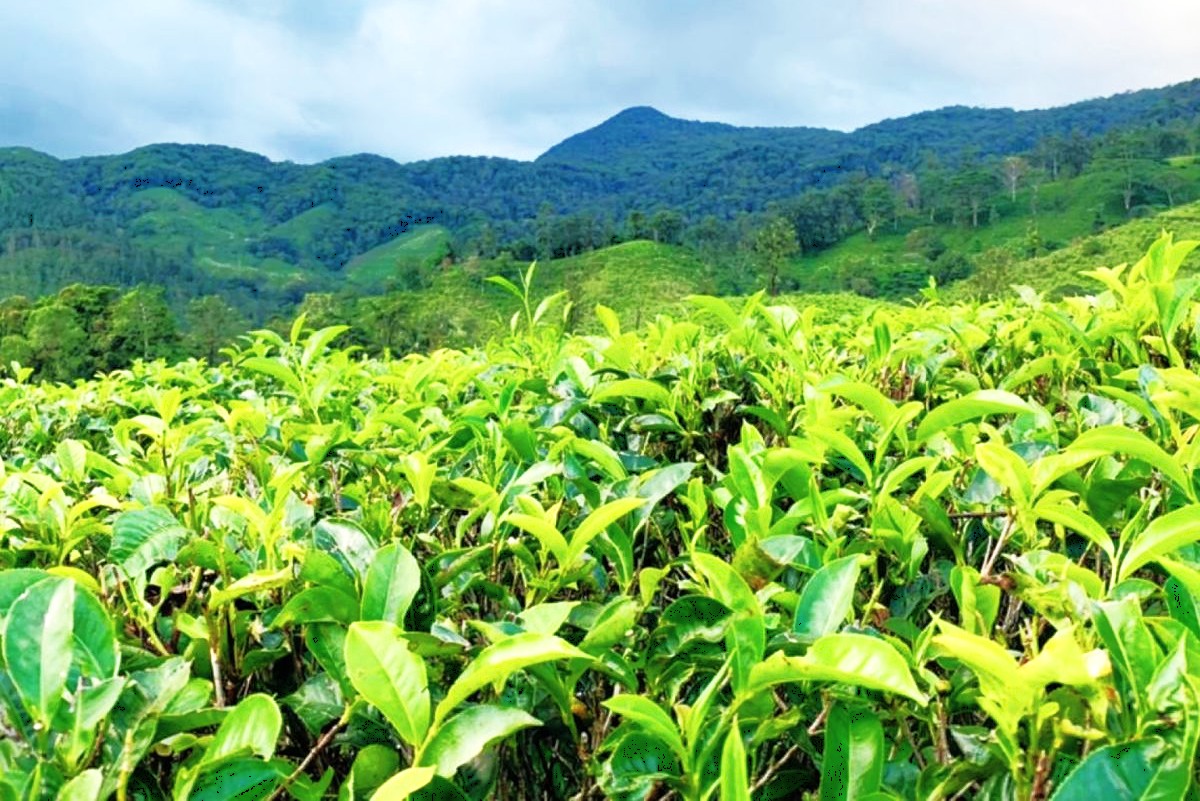
The history speaks to the resilience of its community. Established during the British colonial period in the 19th century, the plantation faced challenges from land acquisition and the imposition of large-scale production practices. Yet, the Badaga have continually adapted, reclaiming their rights and integrating sustainable practices into their tea cultivation. Through a strong commitment to preservation, they thrived amidst changing circumstances. These practices show a deep respect for their land and its future. The people maintained their traditional farming methods with determination.
Ancient Technologies: Sacred Geometry & Astrology
The layout of Dodabetta Tea Plantation is influenced by ancient principles of sacred geometry and astrology. You will notice how the rows of tea bushes align with the sun's path, optimizing growth and cultivating high-quality leaves. The energy of the land resonates at specific frequencies that enhance the spiritual experience, encouraging visitors to connect with nature on a deeper level. As we walk through the plantation, we'll be captivated by the intricate design of the gardens and the profound relationship between the land and the organic practices maintained by the community.
Urban Legends: Enigmatic Stories from the Locals

Dodabetta is steeped in intriguing legends that add layers to its history. One notable tale speaks of the Nilgiri Tahr, a mysterious mountain goat believed to be the reincarnated spirits of ancestral guardians. Some locals say that these elusive creatures can be seen roaming the hills, offering blessings to those deserving. Engaging with residents during our visit opens a window into these enchanting stories and the rich oral tradition that keeps the legacy of Dodabetta alive, instilling a sense of wonder and connection to the past.
Festivals and Special Events
Throughout the year, Dodabetta comes alive with vibrant festivals that celebrate tea culture and local traditions. During the Tea Festival, held every July, you will experience an explosion of colors, sounds, and flavors as the community celebrates its agricultural heritage. Traditional music, dance performances, and tasting events create an engaging atmosphere that encapsulates the spirit of the region. Participating in these lively celebrations allows us to connect with the locals on a deeper level and witness firsthand the warmth and hospitality that define this community. The joy of shared experiences during these festivities adds depth to our visit.
Prepare for Takeoff: Your Adventure is Right Here
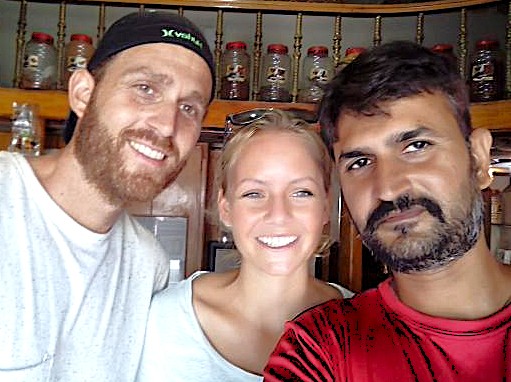
We are embarking on an extraordinary journey to the Dodabetta Tea Plantation Ooty, where nature, culture, and community intertwine. As we explore this enchanting oasis, we’ll uncover stories, savor unique flavors, and connect with the welcoming locals, creating something that lasts. Pack your bags and join us as we immerse ourselves in the serene beauty and rich heritage of the Nilgiri Hills, discovering the lasting experiences that await us in Dodabetta. This place offers a quiet escape for us. We will see greenery everywhere we look. The air here carries the scent of tea, and we meet local artisans and learn their crafts.
Symphony of Generosity: Offerings from Wanderers to Residents
Our visit to Dodabetta is not just about personal enjoyment; it contributes to the community's prosperity as well. Every interaction illuminates the cultural exchange and helps sustain local artisans, farmers, and their traditions. By supporting homegrown crafts and indulging in locally produced tea, we honor the hard work of these dedicated individuals while enriching our own journey. The smiles and gratitude shared during our time here serve as a reminder of the mutual benefits gained through meaningful connections.
A Note on Tea Cultivation
Cultivation and Harvesting
Tea cultivation begins with selecting the right seedlings, typically Camellia sinensis, known for its superior flavor qualities. These tender young plants are nurtured in the tea gardens, benefiting from the fertile soil and unique climatic conditions of the Nilgiri Hills. The plantation is meticulously maintained, with a focus on organic practices that enhance the health of the plants and the environment.
Once the bushes mature - usually within three to five years - they are ready for harvesting. This process, known as plucking, involves carefully hand-picking the tender top two leaves and a bud, which are crucial for high-quality tea. You will observe skilled workers who have perfected this art, moving gracefully through the fields, selecting only the best leaves. Harvesting typically occurs during the early morning hours to ensure that the leaves retain their moisture and freshness.
Withering and Rolling
After the leaves are harvested, they are transported to the factory for processing. The first step here is withering, where the leaves are spread out in a controlled environment to reduce their moisture content. This step is critical, as it softens the leaves, making them easier to handle in subsequent processes.
Next comes rolling, where the withered leaves are gently twisted and pressed to break down the cell walls, releasing essential oils and juices. This step enhances the flavor profile of the tea and is often done using rolling machines or by hand, depending on the desired quality. The leaves transform during this stage, taking on a more pronounced aroma that foreshadows the final product.
Oxidation (Fermentation)
Following the rolling process, we move on to oxidation, a pivotal stage that determines the tea's flavor and appearance. The rolled leaves are spread out again, allowing them to oxidize under specific conditions. During this time, the leaves change color from green to a rich brown, developing complex flavors.
In Dodabetta, traditional processing emphasizes controlled oxidation to achieve a delicate balance that highlights the tea’s natural attributes. Factory workers monitor the process closely, ensuring that the leaves are left to oxidize just long enough to develop the desired taste before proceeding to the next step.
Drying
After oxidation, the leaves undergo drying, where they are heated to halt the oxidation process. This is crucial for locking in the flavors developed during previous stages. The drying methods can vary; some factories use hot air dryers, while others may employ traditional methods like sun drying. The end result is a batch of dried tea leaves, ready for sorting.
Sorting and Grading
Once dried, the tea is sorted and graded based on quality. This process involves separating the leaves by size and appearance, ensuring that only the finest leaves make it to the market. Each grade has its unique flavor profile and target market, with top grades often commanding higher prices.
Packaging
Finally, the sorted tea is carefully packaged, preserving its freshness and flavor until it reaches consumers. You will often see sophisticated packaging techniques, designed to keep the tea aromatic and flavorful.
Tasting and Sampling
As we conclude our journey through the Dodabetta tea factory, we can participate in tasting sessions where we experience the final product. By sampling different varieties, we gain insight into the diverse flavors influenced by the cultivation and processing methods. Each sip embodies the meticulous care and dedication that has shaped Dodabetta's tea heritage.